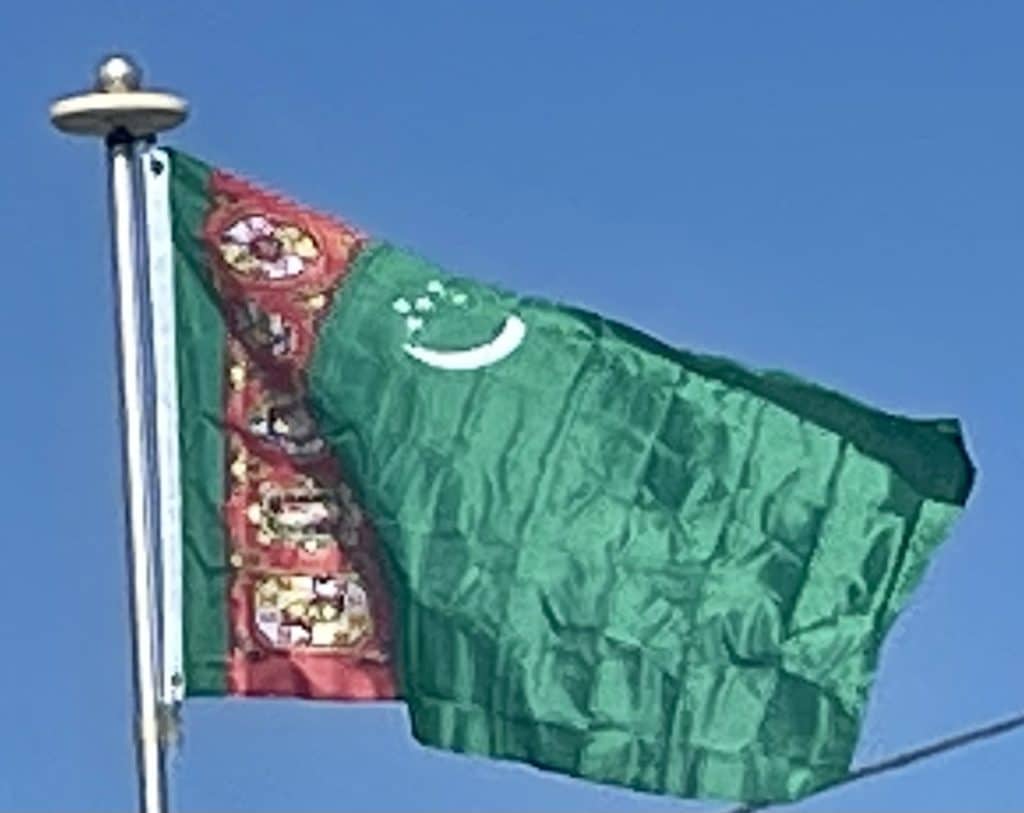As of 29 January 2019, the Turkmen Automobile Roads state concern was subordinated by presidential decree to the Ministry of Construction and Architecture, and responsibility for road construction and maintenance was shifted to provincial and municipal governments. Operation of motor coaches (buses) and taxicabs is the responsibility of the Automobile Services Agency of the Ministry of Industry and Communication.
Air Transport:
State-owned Turkmenistan Airlines is the only Turkmen air carrier. Turkmenistan Airlines’ passenger fleet is composed of Boeing and Bombardier Aerospace aircraft. Air transport carries more than two thousand passengers daily in the country. Under normal conditions, international flights annually transport over half a million people into and out of Turkmenistan, and Turkmenistan Air operates regular flights to Moscow, London, Frankfurt, Birmingham, Bangkok, Delhi, Abu Dhabi, Amritsar, Kyiv, Lviv, Beijing, Istanbul, Minsk, Almaty, Tashkent, and St. Petersburg.
Small airfields serve industrial sites near other cities, but do not feature scheduled commercial passenger service. Airfields slated for modernization and expansion include those serving Garabogaz, Jebel, and Galaýmor. The new Turkmenabat International Airport was commissioned in February 2018. In June 2021, an international airport was opened in Kerki.
Maritime Transport:
Since 1962, the Turkmenbashy International Seaport has operated a passenger ferry to the port of Baku, Azerbaijan as well as rail ferries to other ports on the Caspian Sea (Baku, Aktau). In recent years tanker transport of oil to the ports of Baku and Makhachkala has increased.
In May 2018 construction was completed of a major expansion of the Turkmenbashy seaport. Cost of the project was $1.5 billion. The general contractor for the project was Gap Inşaat, a subsidiary of Çalık Holding of Turkey. The expansion added 17 million tons of annual capacity, making total throughput including previously existing facilities of over 25 million tons per year. The international ferry and passenger terminals will be able to serve 300,000 passengers and 75,000 vehicles per year, and the container terminal is designed to handle 400,000 TEU (20-foot container equivalent) per year.
Railway Transport:
The first rail line in Turkmenistan was built in 1880, from the eastern shore of the Caspian Sea to Mollagara. By October 1881 the line was extended to Kyzyl-Arvat, by 1886 had reached Çärjew. In 1887 a wooden rail bridge was built over the Amu Darya, and the line was continued to Samarkand (1888) and Tashkent (1898). Rail service in Turkmenistan began as part of Imperial Russia’s Trans-Caspian Railway, then of the Central Asian Railway. After the collapse of the USSR, the railway network in Turkmenistan was transferred to and operated by state-owned Türkmendemirýollary. Rail gauge is the standard Russian- and Soviet 1520 millimeters.


